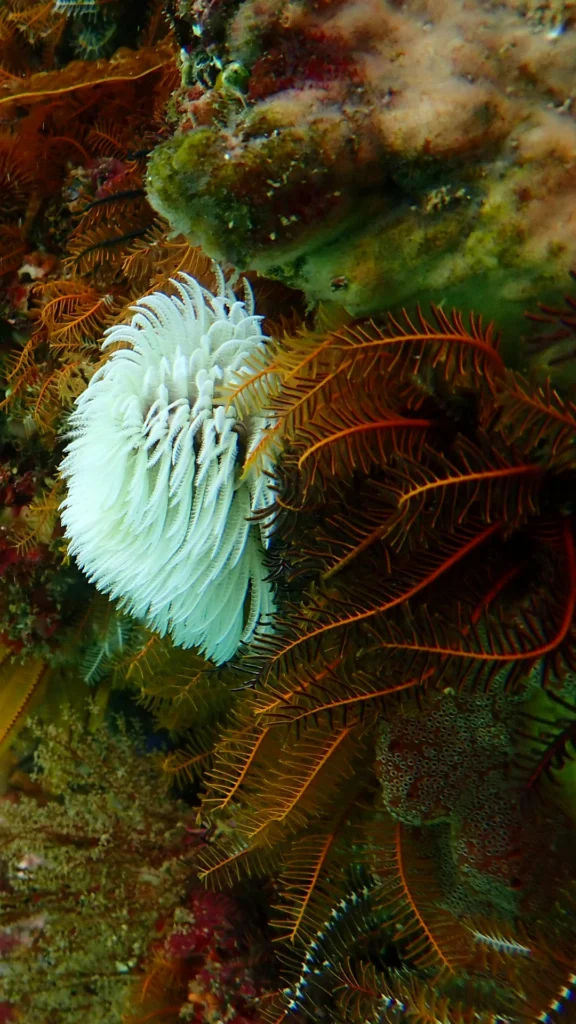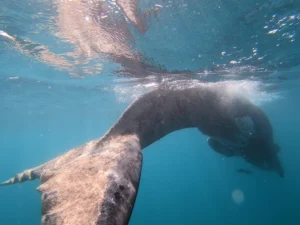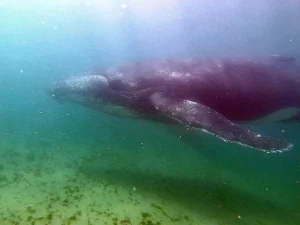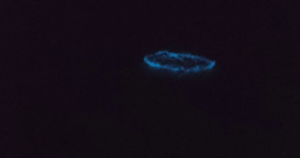As far as worms go, the Feather duster worm also known as the Giant fanworm is one of the prettiest you’ll find in Cape Town’s kelp forests. The Feather duster worm (Pseudobranchiomma longa) is found between the intertidal zone and as deep as 200m. These beautiful feathery worms stand out even when surrounded by feather stars and are a treat to find during a Cape Town snorkeling experience.
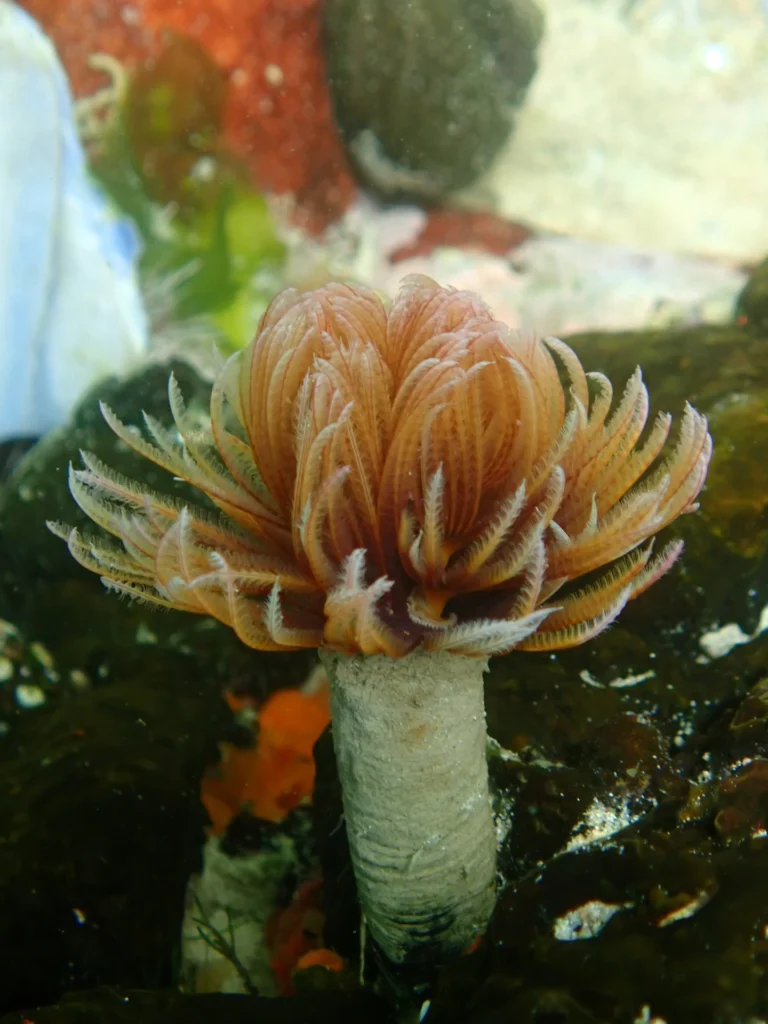
Feather duster worms are sessile animals with a tube built from food particles which are too large to eat. They cement these together with mucus to create the tube from which the crown of two large featherty spirals (finely divided tentacles) extend. The spirals can be red, orange, yellow, purple or white in colour. These spirals of tentacles are extended out of the tube for feeding and breathing and are retracted quickly if disturbed. Although the Feather duster does not have eyes, it is able to detect changes in light. It uses this light sensitivity ability to protect itself from predators who cast a shadow onto the worm.
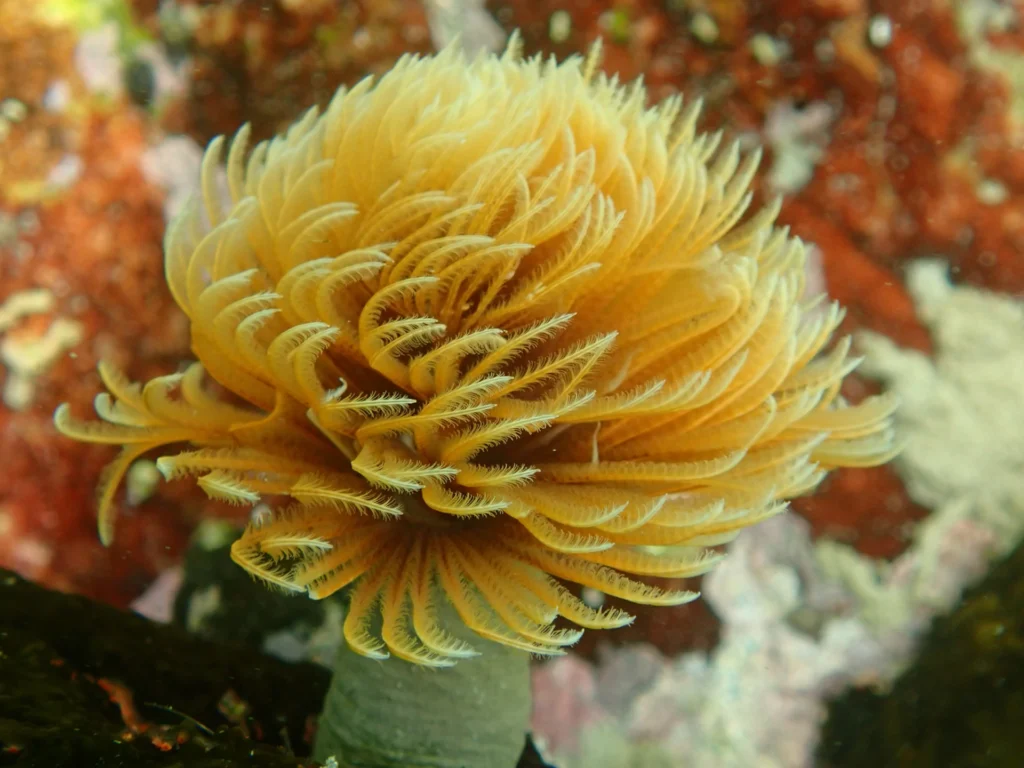
They prefer areas with little or moderate current where particles of food, like plankton, pass over them without the water movement being heavy enough to damage their feathery crown. They grow to 12 to 15 cm and are able to reproduce asexually through fragmentation. Several ocean-based adventure activities in Cape Town are suitable for finding and observing these creatures. They are found in tidal pools and in submerged rocky areas, so tidal pool swimming, snorkeling and freediving are all great ways of spotting your first feather duster worm.
